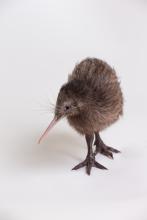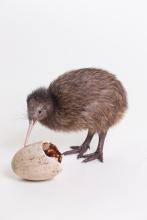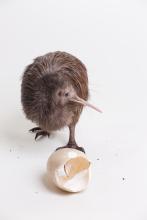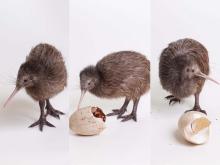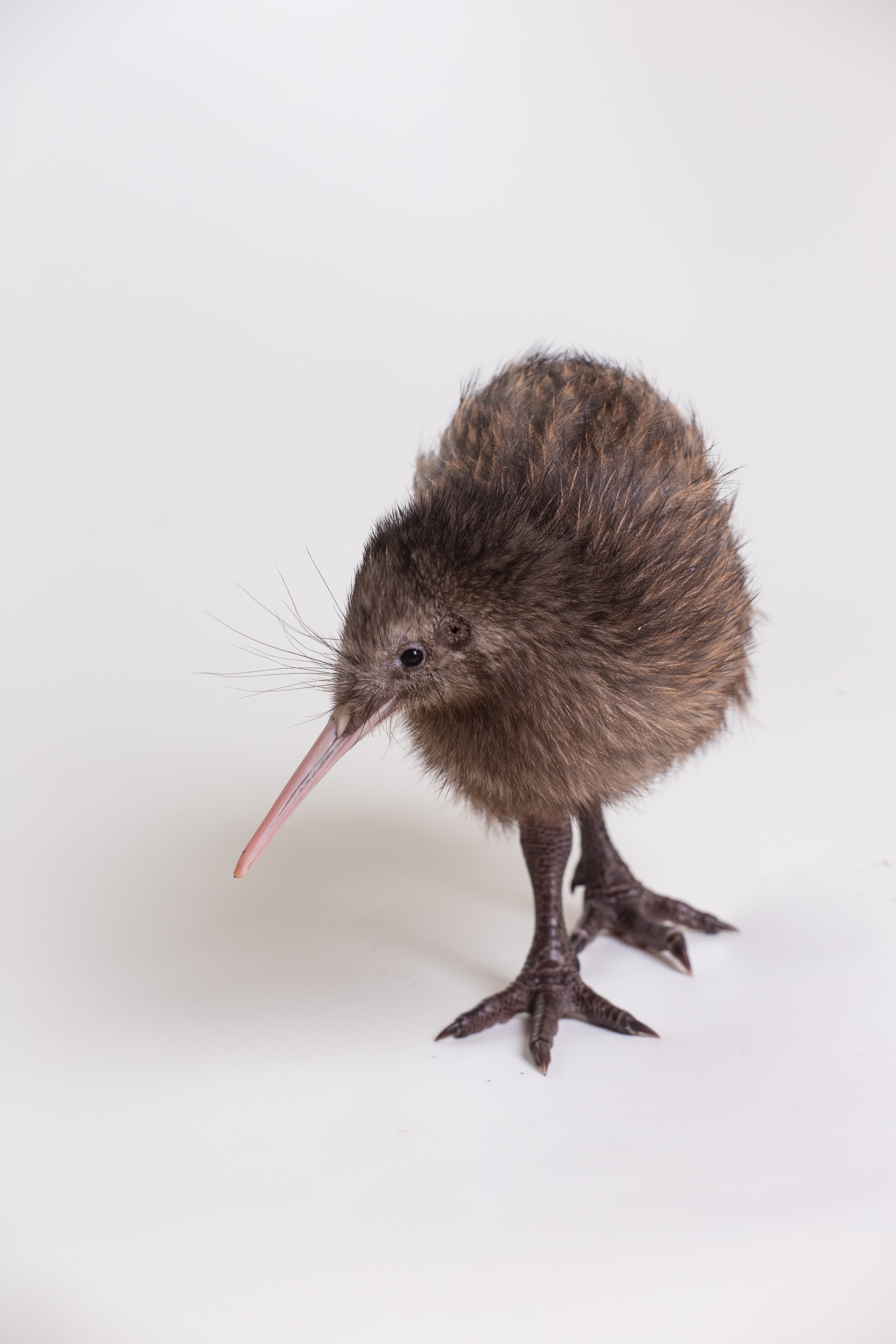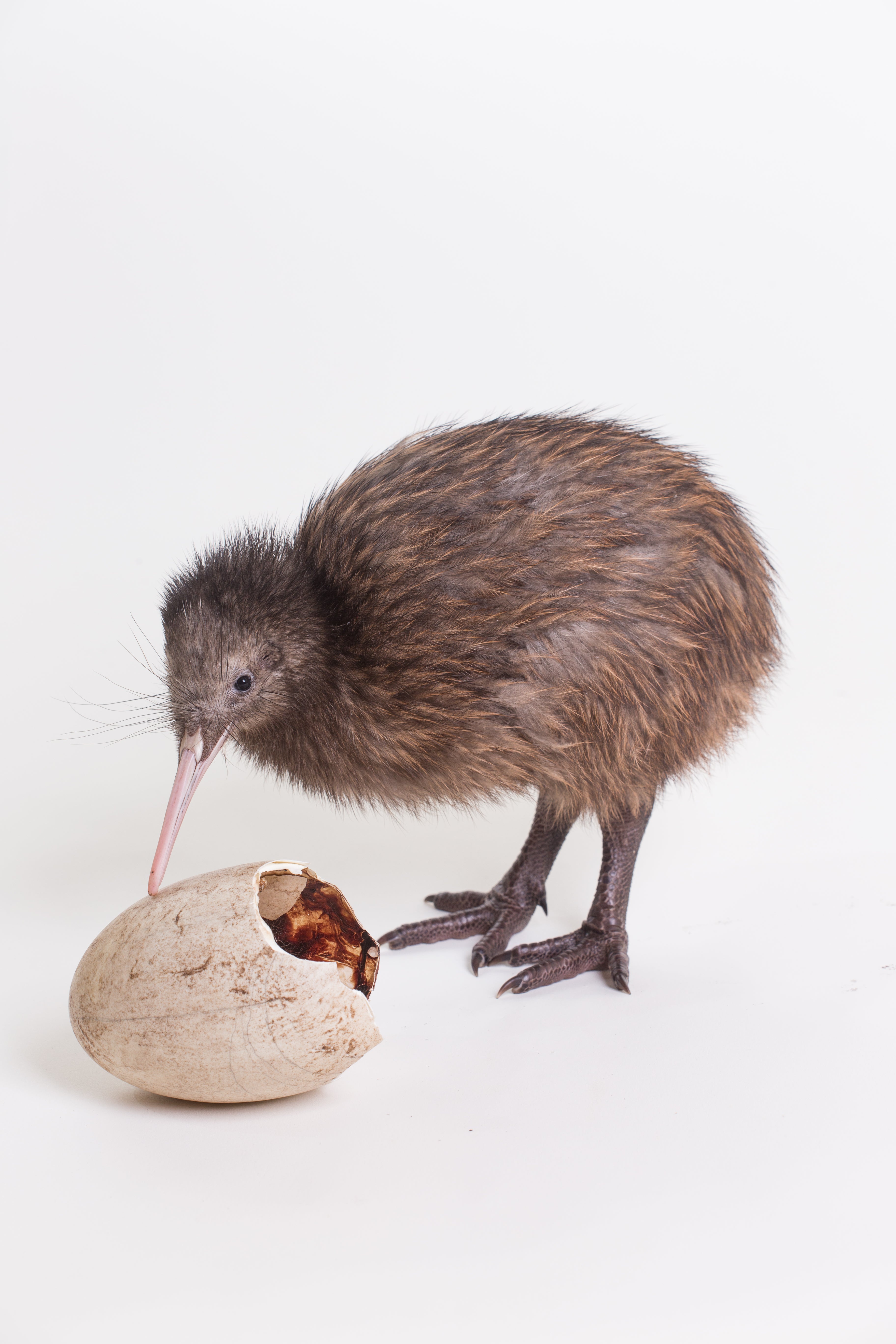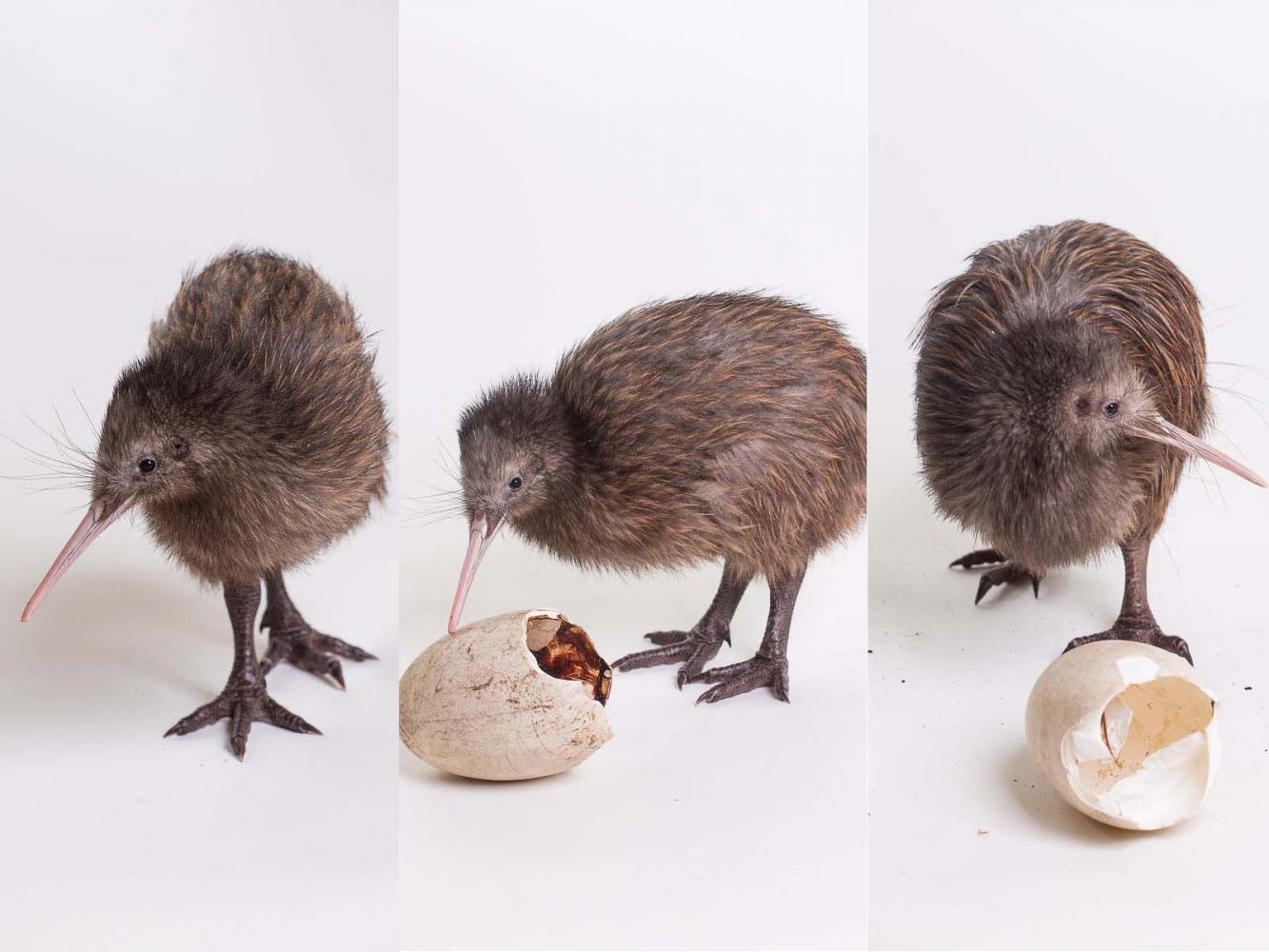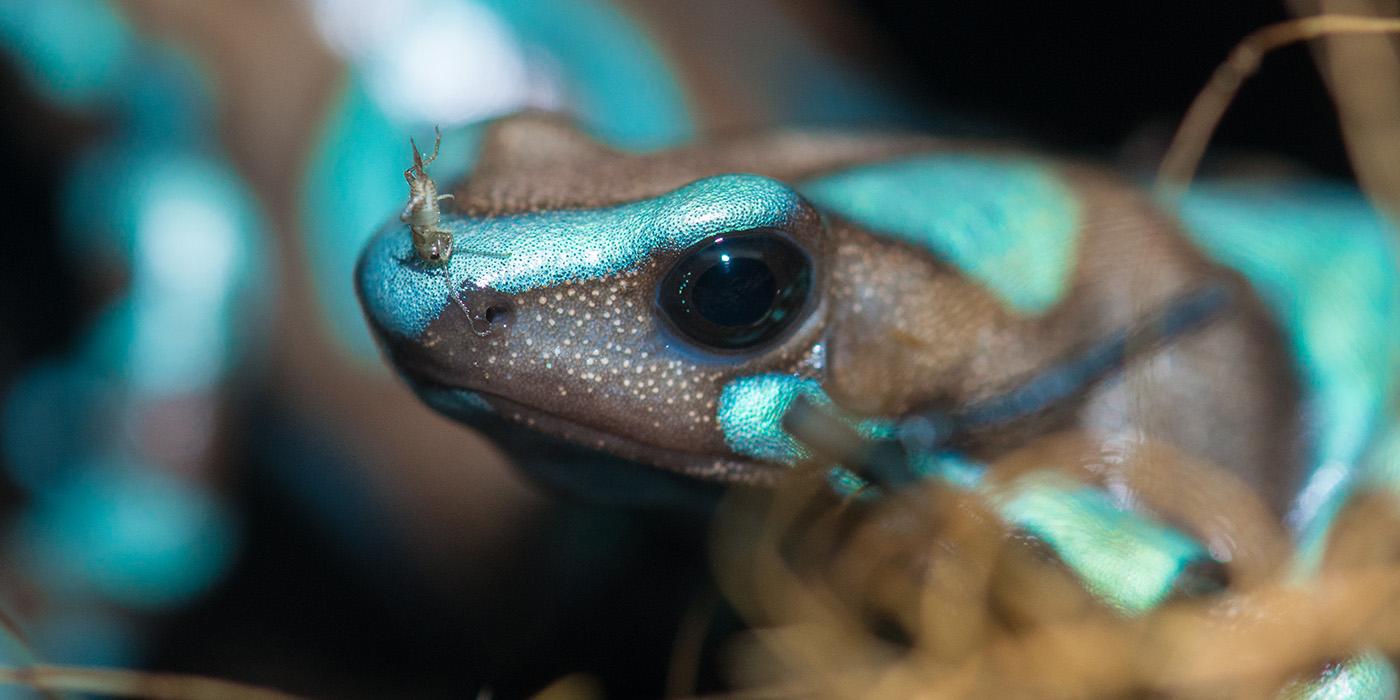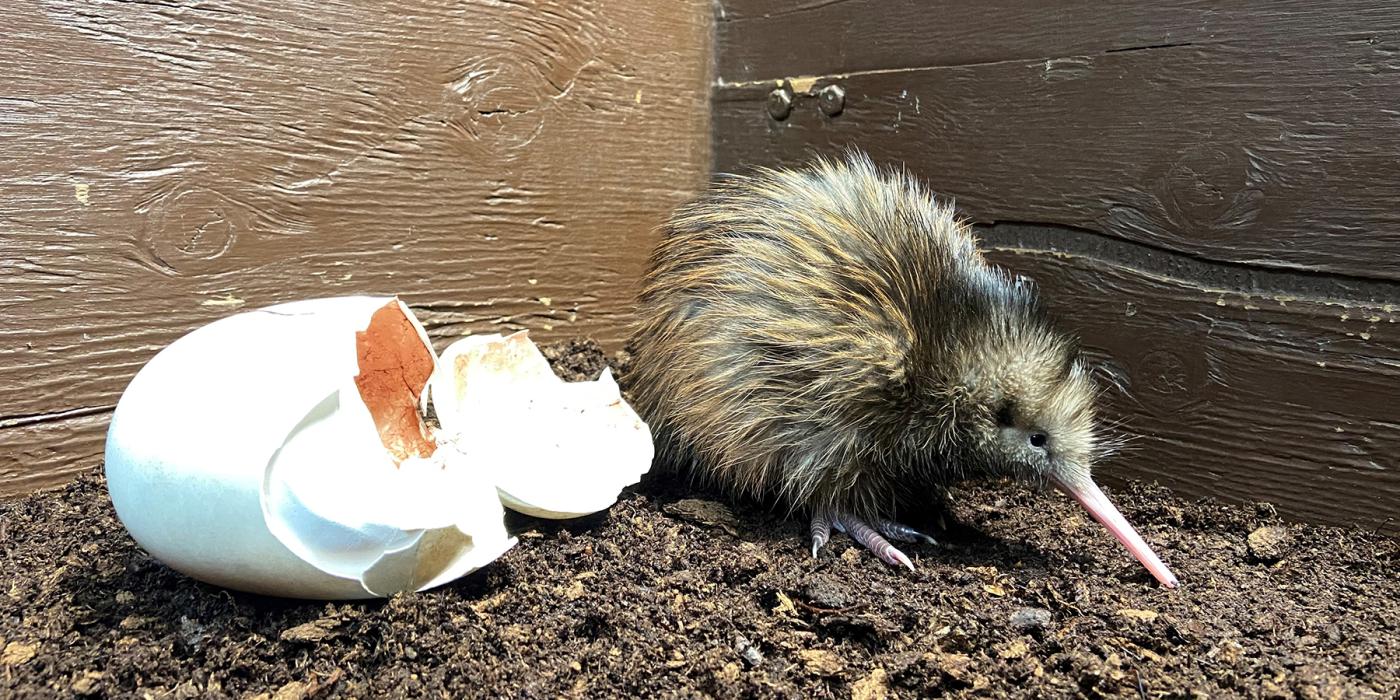Three Kiwi Chicks at the Smithsonian Conservation Biology Institute Receive Names
The first three brown kiwi chicks to hatch from eggs laid and incubated at the Smithsonian Conservation Biology Institute (SCBI) have received names. The male chicks are Hari (hatched June 1), Kaha (hatched May 10) and Kake (hatched July 31). In Maori their names translate to “joy,” “strong,” and “to overcome” respectively. Kaha was named by New Zealand’s Ambassador to the United States Tim Groser. Hari was named by a donor to SCBI and Kake was named by animal keepers. Kiwi are listed as endangered by the International Union for Conservation of Nature.
The Smithsonian Conservation Biology Institute plays a leading role in the Smithsonian’s global efforts to save wildlife species from extinction and train future generations of conservationists. SCBI spearheads research programs at its headquarters in Front Royal, Va., the Smithsonian’s National Zoo in Washington, D.C., and at field research stations and training sites worldwide. SCBI scientists tackle some of today’s most complex conservation challenges by applying and sharing what they learn about animal behavior and reproduction, ecology, genetics, migration and conservation sustainability.
# # #
Related Species:
Image Gallery
